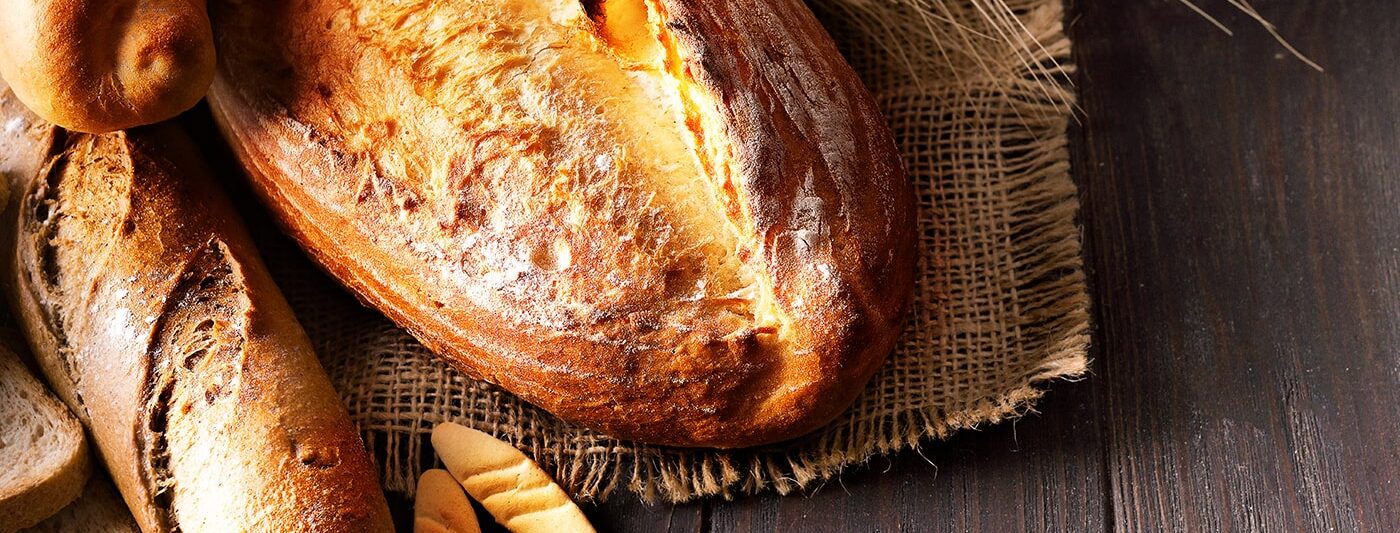Food allergies are increasing at an astounding rate. While many factors appear to play a role in the onset and worsening of allergic responses to foods, today we are highlighting a common food additive, tert-butylhydroquinone (tBHQ).
In animal studies, tBHQ has been shown to promote a key step in the development of food allergy. It causes an increase in T cell (a type of immune cell) differentiation towards Th2, rather than a more healthy balanced Th1/Th2 state. Th2 dominance is strongly associated with allergic disease. These animal studies are carried out using concentrations of tBHQ that approximate the quantity of human intake (adjusted for weight).
tBHQ is used by the food industry in many processed foods and snacks to extend shelf life. Food manufacturers also like it because it does not change the color or flavor of the food it is added to. tBHQ is also has an E number, like many other food additives, E319.
You can commonly find tBHQ/E319 in foods that contain fats such as vegetable oils, meats, and fish, butter, ice cream, and margarine. Since these ingredients are also used in such a broad variety of processed food items, you can also find tBHQ in bread, potato chips, cakes, pastries, fried foods, cereals, nuts, crackers, waffles and lots more. tBHQ has to be listed on the label of most foods, but it doesn’t always have to be listed on the label if it was present as an ‘incidental additive’—an ingredient in one of the ingredients in that food. The best way to minimize your ingestion of tBHQ is to prepare your own foods from unprocessed, whole ingredients as much as you can manage to, and carefully choose organic, unprocessed oils and other fats.
If you’re thinking that animal studies aren’t enough to convince you to steer clear of tBHQ, consider that human toxicology studies are problematic for ethical reasons. Nearly all of the studies that the FDA reviews to determine safety (GRAS) status are animal studies.


 We’re Breathing Bad Air-What Can We Do About It?
We’re Breathing Bad Air-What Can We Do About It?